Home>Gardening & Outdoor>Landscaping Ideas>How To Plant Over Grass
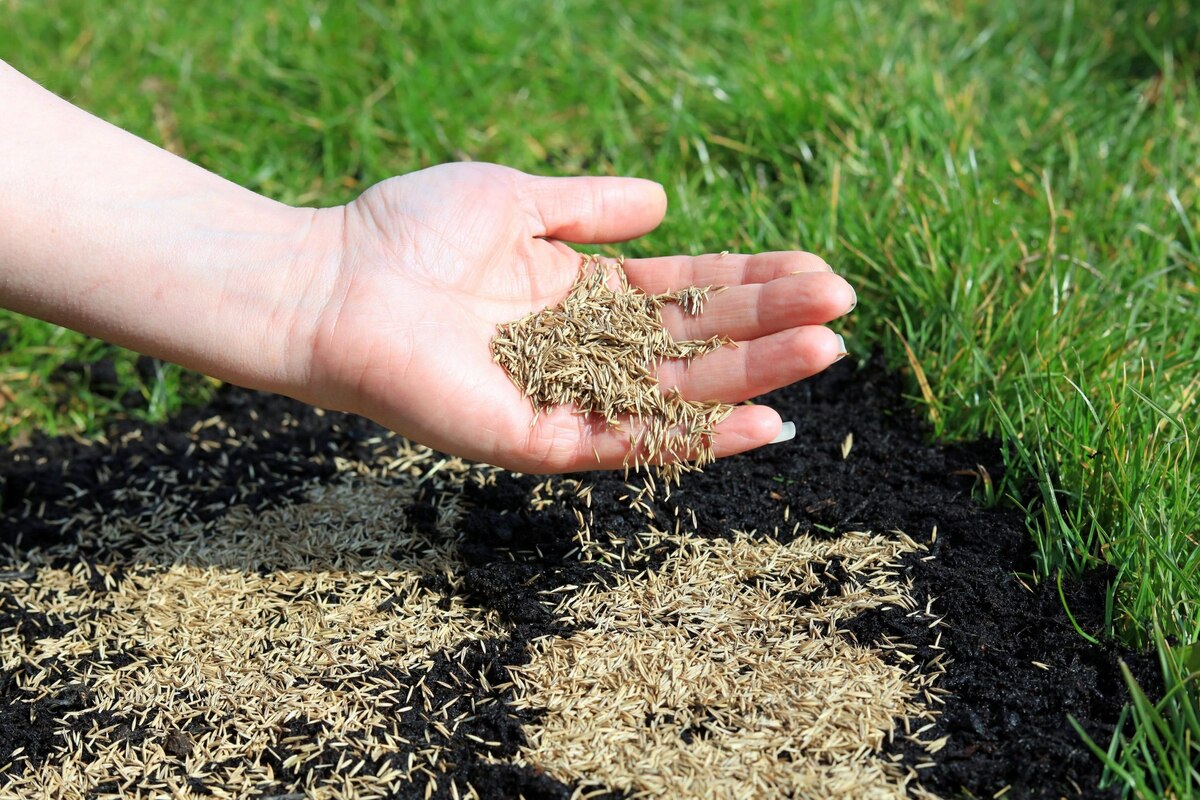

Landscaping Ideas
How To Plant Over Grass
Modified: February 18, 2024
Discover effective landscaping ideas with our step-by-step guide on how to plant over grass, creating a beautiful and lush outdoor space. Explore expert tips and techniques today!
(Many of the links in this article redirect to a specific reviewed product. Your purchase of these products through affiliate links helps to generate commission for Storables.com, at no extra cost. Learn more)
Introduction
Are you looking to breathe new life into your outdoor space? Perhaps you have a patch of grass that's not living up to its full potential, or maybe you're seeking a creative and resourceful way to enhance your garden. Planting over grass could be the perfect solution! This innovative approach allows you to transform your lawn into a vibrant and dynamic landscape, replete with a diverse array of plants that can thrive alongside the existing grass. Whether you're a seasoned gardener or a novice enthusiast, this method offers an exciting opportunity to experiment with different plant species and elevate the visual appeal of your outdoor environment.
In this comprehensive guide, we'll delve into the art of planting over grass, exploring the myriad benefits, the selection of suitable plants, the necessary preparations, the actual planting process, and the essential steps for nurturing and maintaining your newly integrated flora. By the end of this journey, you'll be equipped with the knowledge and inspiration to embark on your own transformative landscaping project. So, let's embark on this green-fingered adventure together and discover the wonders of planting over grass!
Key Takeaways:
- Transform your lawn into a vibrant, low-maintenance landscape by planting over grass. Enjoy biodiversity, water conservation, and visual interest while creating a unique outdoor space that reflects your personal tastes and values.
- Select climate-compatible plants, prepare the soil, and provide ongoing care to seamlessly integrate new plants into your grassy landscape. Nurture a thriving and visually captivating outdoor environment that supports biodiversity and enhances the overall health of the ecosystem.
Read more: How To Plant A Clover Lawn Over Grass
Benefits of Planting Over Grass
Planting over grass presents a multitude of advantages that extend beyond mere aesthetic appeal. By integrating diverse plant species into your lawn, you can create a harmonious and ecologically rich environment that offers numerous benefits for both the ecosystem and your personal enjoyment. Here are some compelling reasons to consider planting over grass:
- Biodiversity: Introducing a variety of plants into your lawn fosters biodiversity, attracting a diverse range of pollinators, birds, and beneficial insects. This creates a thriving ecosystem that contributes to the overall health of your garden.
- Low Maintenance: Once established, a well-chosen selection of plants can require less maintenance than traditional grass lawns. This can save time and effort while still providing a visually appealing and vibrant outdoor space.
- Water Conservation: Certain plant species used in planting over grass require less water than traditional grass lawns, contributing to water conservation efforts and reducing overall water usage in your landscaping.
- Soil Health: Diverse plantings can improve soil health by reducing compaction, preventing erosion, and enhancing nutrient cycling. This leads to healthier, more fertile soil that supports robust plant growth.
- Visual Interest: Planting over grass adds texture, color, and visual interest to your outdoor space, creating a dynamic and visually captivating landscape that evolves throughout the seasons.
- Environmental Benefits: A diverse planting scheme can contribute to carbon sequestration, improve air quality, and provide habitat for wildlife, thereby enhancing the overall environmental impact of your property.
- Personal Enjoyment: Beyond the ecological benefits, planting over grass can provide a sense of personal satisfaction and creative expression, allowing you to curate a unique and beautiful outdoor environment that reflects your individual tastes and preferences.
By embracing the practice of planting over grass, you can unlock these benefits and more, transforming your lawn into a thriving and visually stunning landscape while contributing to the health of the broader ecosystem.
Choosing the Right Plants
When it comes to planting over grass, selecting the right plants is crucial for the success and longevity of your landscaping project. The ideal plants should not only complement the existing grass but also thrive in the specific environmental conditions of your location. Here are some essential considerations to keep in mind when choosing plants for your grass-integrated landscape:
- Climate Compatibility: Start by identifying plants that are well-suited to your local climate. Consider factors such as temperature range, average rainfall, and sunlight exposure to ensure that the selected plants can thrive in your specific geographic region.
- Soil Type: Assess the soil composition of your lawn to determine which plants will fare best. Some species may prefer well-drained soil, while others thrive in moist or clay-rich environments. Understanding your soil type is essential for selecting plants that will establish strong root systems.
- Height and Spread: Take into account the mature height and spread of each plant to ensure that they can coexist harmoniously with the existing grass without overshadowing or overcrowding one another. This consideration is vital for maintaining a balanced and visually appealing landscape.
- Seasonal Variations: Aim to incorporate a mix of plants that offer visual interest throughout the year. This may include evergreen species for year-round foliage, as well as flowering plants that bloom in different seasons, ensuring a dynamic and evolving landscape aesthetic.
- Ecological Function: Consider the ecological role of each plant, such as providing nectar sources for pollinators, attracting beneficial insects, or offering food and habitat for local wildlife. By selecting plants with diverse ecological functions, you can create a balanced and resilient ecosystem within your lawn.
- Personal Preferences: Factor in your personal preferences, such as favorite colors, fragrances, or specific plant characteristics that resonate with your aesthetic sensibilities. Your grass-integrated landscape should reflect your unique tastes and bring you joy and satisfaction.
By carefully considering these factors and conducting thorough research, you can curate a selection of plants that harmonize with your existing grass while thriving in your specific environmental conditions. This thoughtful approach sets the stage for a successful and visually captivating grass-integrated landscape that enriches your outdoor environment.
Preparing the Grass for Planting
Before introducing new plants to your existing lawn, it’s essential to prepare the grass and soil to create an optimal environment for successful integration. Proper preparation sets the stage for healthy plant growth and ensures that the new additions can coexist harmoniously with the existing grass. Here are the key steps to prepare the grass for planting:
- Assess the Existing Grass: Start by assessing the health and density of the existing grass. If there are areas of sparse or unhealthy grass, consider addressing these issues before introducing new plants. Reseeding or addressing soil compaction can help rejuvenate the existing grass.
- Soil Aeration: Aerating the soil helps alleviate compaction and improves the circulation of air, water, and nutrients within the root zone. This step is particularly important if the soil beneath the grass is compacted, as it promotes healthier root development for both the existing grass and the new plants.
- Weed Control: Prior to planting, address any existing weeds in the lawn to prevent competition for resources with the new plants. Consider targeted weed removal methods or organic weed control options to minimize weed presence in the planting areas.
- Soil Amendment: Test the soil to determine its pH and nutrient levels. Based on the results, amend the soil as needed to create an optimal growing environment for the new plants. This may involve adding organic matter, adjusting pH levels, or addressing specific nutrient deficiencies.
- Clearing Planting Areas: Identify the specific areas where you intend to introduce new plants. Clear these areas of any debris, rocks, or existing vegetation to create a clean and receptive space for the new plantings.
- Consider Mulching: Applying a layer of organic mulch to the planting areas can help conserve soil moisture, suppress weed growth, and gradually enrich the soil as the mulch breaks down. This step contributes to the overall health and vitality of the planting areas.
By diligently preparing the grass and soil for planting, you can establish an environment that is conducive to the successful integration of new plants. These preparatory measures lay the groundwork for a thriving and harmonious grass-integrated landscape that enhances the beauty and ecological richness of your outdoor space.
Before planting over grass, make sure to mow the grass short and remove any debris. Loosen the soil and add a layer of topsoil or compost to improve the growing conditions for the new plants.
Planting Over Grass
Once the preparatory steps are complete, it’s time to embark on the exciting process of planting over the existing grass, infusing your lawn with a diverse array of plant species. This transformative endeavor allows you to create a dynamic and visually captivating landscape that harmoniously blends different plant types with the existing grass. Here’s a step-by-step guide to planting over grass:
- Selection of Planting Areas: Identify the specific areas within your lawn where you intend to introduce new plants. Consider the mature size and growth habits of the selected plant species to ensure they have adequate space to thrive alongside the existing grass.
- Plant Spacing and Arrangement: Determine the spacing and arrangement of the new plants, taking into account their mature spread and the desired visual composition. Arrange the plants in a deliberate and aesthetically pleasing manner, considering factors such as color contrasts and seasonal variations.
- Planting Technique: When planting over grass, it’s important to ensure that the new plants are properly installed. Dig individual planting holes that are slightly wider and deeper than the root balls or containers of the plants. Gently loosen the roots and position the plants at the appropriate depth, backfilling the holes with soil and firmly tamping the surface to secure the plants in place.
- Watering and Establishment: After planting, thoroughly water the new additions to promote root establishment. Monitor the moisture levels in the planting areas, providing supplemental irrigation as needed to support the initial growth and establishment of the plants.
- Mulching: Consider applying a layer of organic mulch around the base of the newly planted specimens to conserve moisture, suppress weed growth, and provide a gradual source of nutrients as the mulch decomposes.
- Monitoring and Adjusting: Regularly monitor the new plants for signs of stress, ensuring they receive adequate sunlight, water, and nutrients. Make any necessary adjustments to the care regimen based on the specific needs of the plant species you’ve introduced.
By following these steps, you can seamlessly integrate new plants into your existing lawn, creating a captivating and diverse landscape that coexists harmoniously with the established grass. This process allows you to exercise your creativity and horticultural skills, resulting in a visually stunning and ecologically rich outdoor environment.
Read more: How To Put Concrete Over Grass
Caring for Plants Over Grass
Once the new plants have been integrated into your grassy landscape, it’s essential to provide ongoing care to ensure their health, vigor, and seamless coexistence with the existing grass. Caring for plants over grass involves a combination of attentive maintenance practices and a deep understanding of the specific needs of the plant species you’ve introduced. Here are the key considerations for nurturing and maintaining plants over grass:
- Watering: Monitor the moisture levels in the planting areas, providing supplemental water as needed, especially during dry spells or periods of inadequate rainfall. Adjust the frequency and volume of irrigation based on the individual water requirements of the plant species and the prevailing weather conditions.
- Fertilization: Consider the nutritional needs of the new plants and apply appropriate fertilizers to support their growth and vitality. Select fertilizers that are tailored to the specific requirements of the plant species and apply them in accordance with recommended guidelines.
- Weed Management: Regularly inspect the planting areas for weeds and promptly address any emerging growth. Employ targeted weed removal methods to prevent competition for resources and minimize the presence of unwanted vegetation around the new plants.
- Pruning and Maintenance: As the new plants grow and mature, engage in regular pruning and maintenance to shape their growth, remove dead or damaged foliage, and promote overall plant health. Tailor your pruning practices to the specific growth habits and flowering patterns of each plant species.
- Pest and Disease Control: Keep a watchful eye for signs of pests or diseases affecting the new plants. Implement integrated pest management strategies and proactive disease prevention measures to safeguard the health and resilience of the plantings.
- Seasonal Care: Adjust your care regimen to accommodate seasonal variations, providing additional protection during periods of extreme cold, heat, or inclement weather. Prepare the plants for seasonal transitions and address any specific seasonal care requirements based on the plant species you’ve introduced.
By attending to these essential aspects of plant care, you can nurture a thriving and harmonious landscape that seamlessly integrates diverse plant species with the existing grass. This ongoing care and attention contribute to the long-term success and visual appeal of your grass-integrated garden, creating a vibrant and ecologically rich outdoor space that brings joy and beauty throughout the seasons.
Conclusion
Embarking on the journey of planting over grass opens up a world of creative possibilities, ecological benefits, and visual delights. By integrating a diverse array of plants into your existing lawn, you can transform your outdoor space into a dynamic and vibrant landscape that harmoniously blends different plant species with the lush backdrop of the grass. As you consider the numerous benefits and take the essential steps to select, prepare, plant, and care for your new additions, you’re not only enhancing the beauty of your surroundings but also contributing to the health of the broader ecosystem.
Through the careful selection of plants that thrive in your local climate, thoughtful preparation of the grass and soil, and attentive care for the newly integrated flora, you can cultivate a landscape that teems with biodiversity, supports pollinators and wildlife, conserves water, and contributes to the overall health of the soil and environment. This approach to landscaping transcends mere aesthetics, offering a holistic and sustainable way to enrich your outdoor environment while reducing maintenance demands and water usage.
As you witness the visual transformation of your lawn and the flourishing of the newly introduced plants, you’ll experience a sense of fulfillment and pride in curating a unique and beautiful outdoor space that reflects your individual tastes and values. The evolving tapestry of colors, textures, and scents will captivate your senses and provide a sanctuary for relaxation, contemplation, and connection with nature.
In the end, the practice of planting over grass is a testament to the harmonious coexistence of human creativity and the natural world. It invites you to become a steward of your landscape, nurturing a thriving ecosystem that celebrates the interconnectedness of all living things. So, as you embark on your own grass-integrated landscaping journey, may you find joy, inspiration, and a deeper connection to the wondrous tapestry of life that unfolds right in your own backyard.
Frequently Asked Questions about How To Plant Over Grass
Was this page helpful?
At Storables.com, we guarantee accurate and reliable information. Our content, validated by Expert Board Contributors, is crafted following stringent Editorial Policies. We're committed to providing you with well-researched, expert-backed insights for all your informational needs.
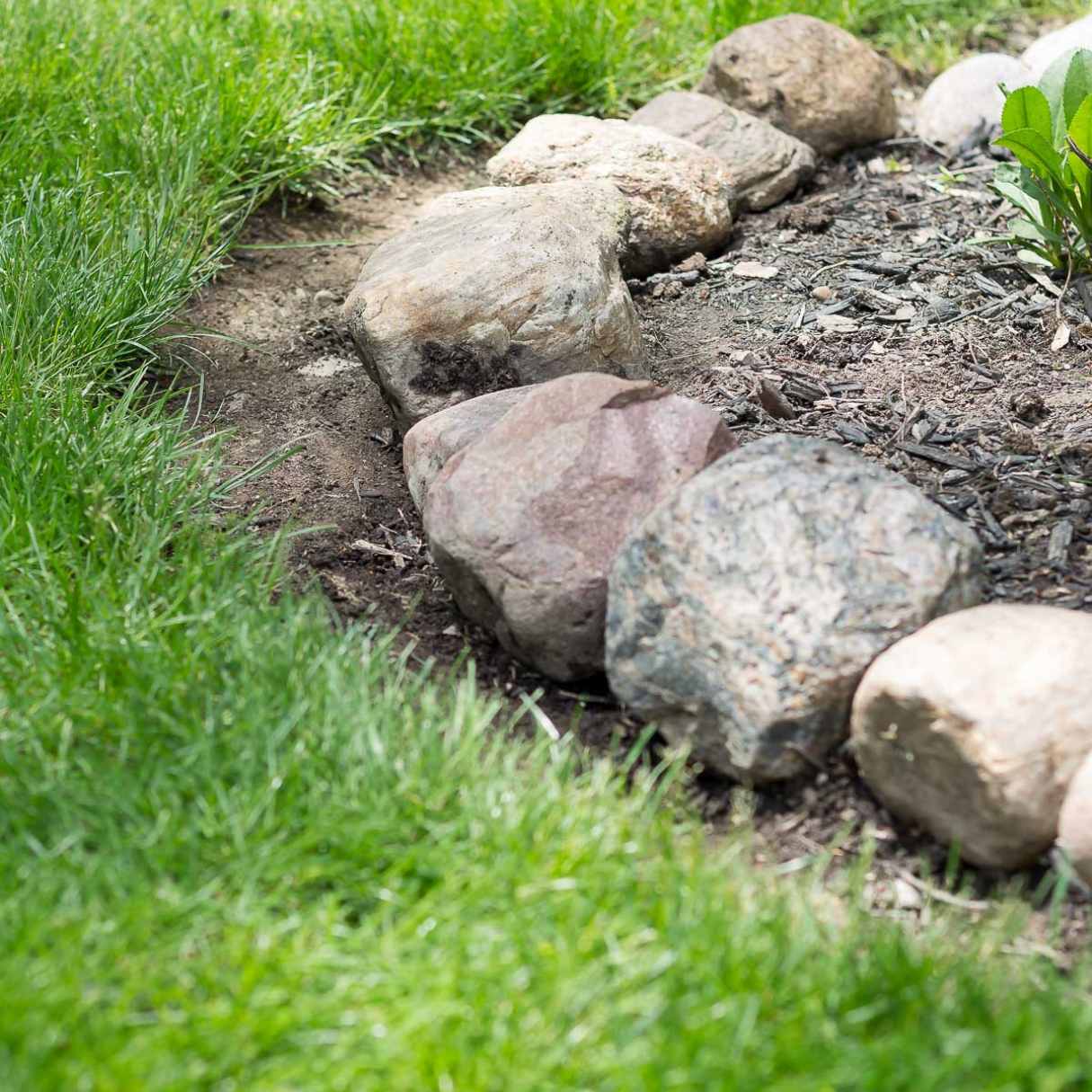
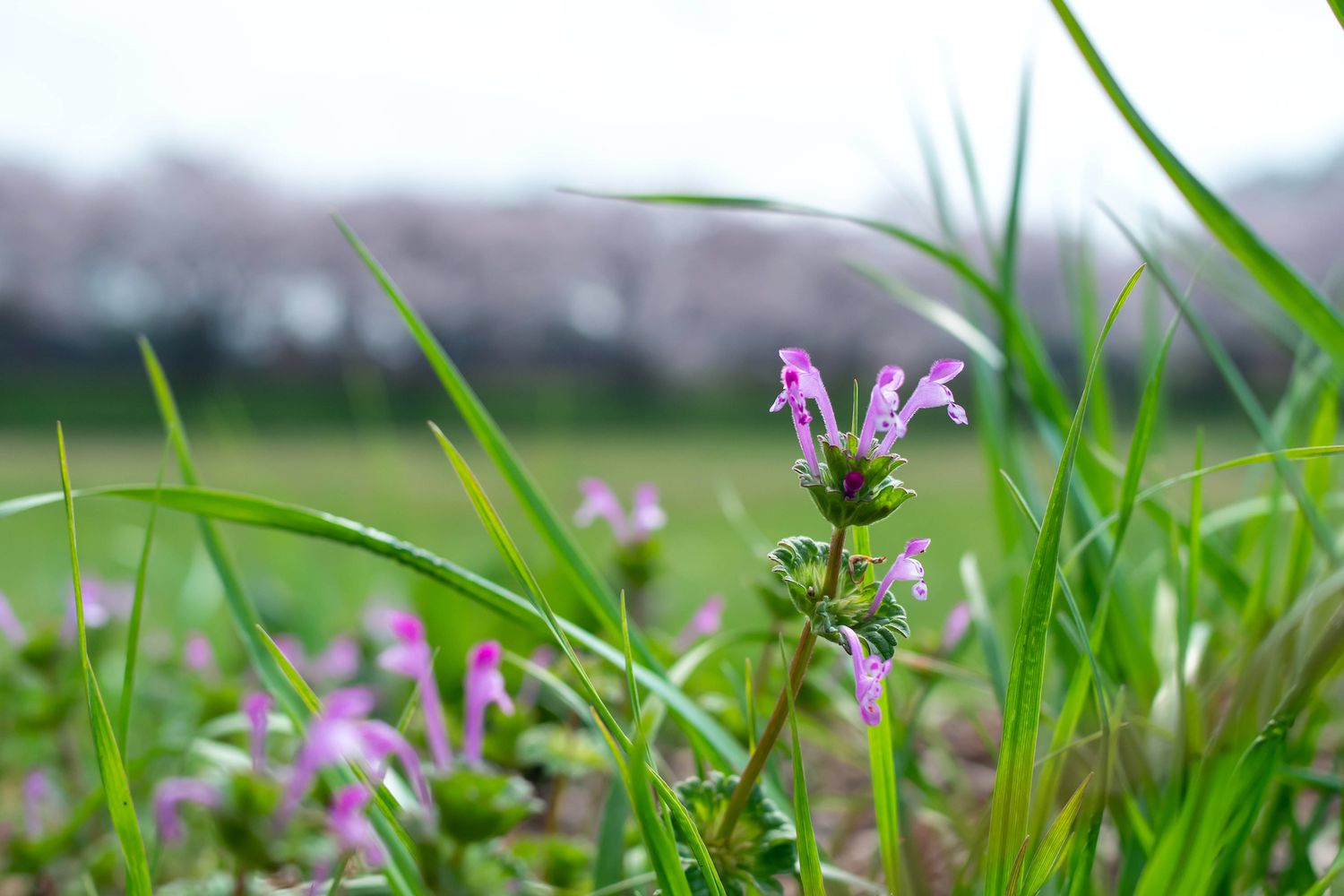
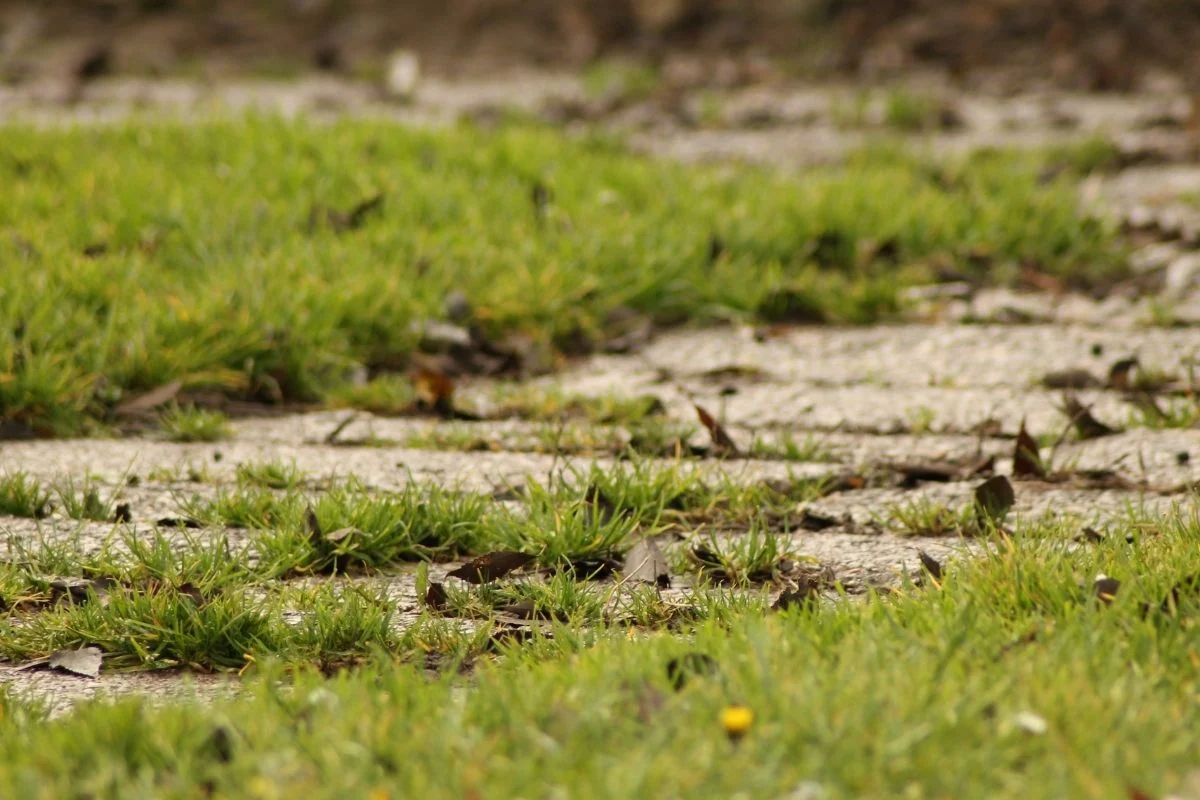
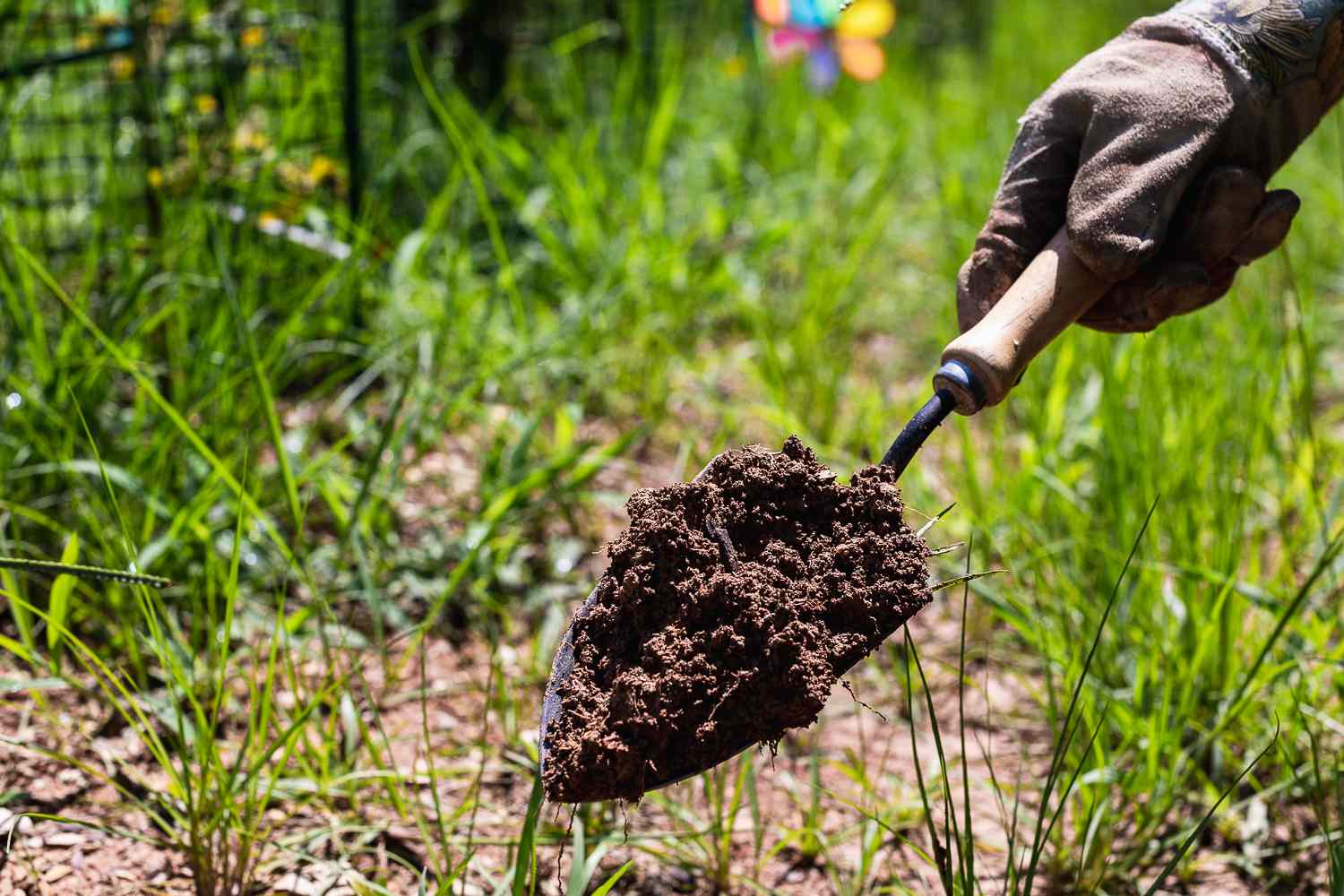
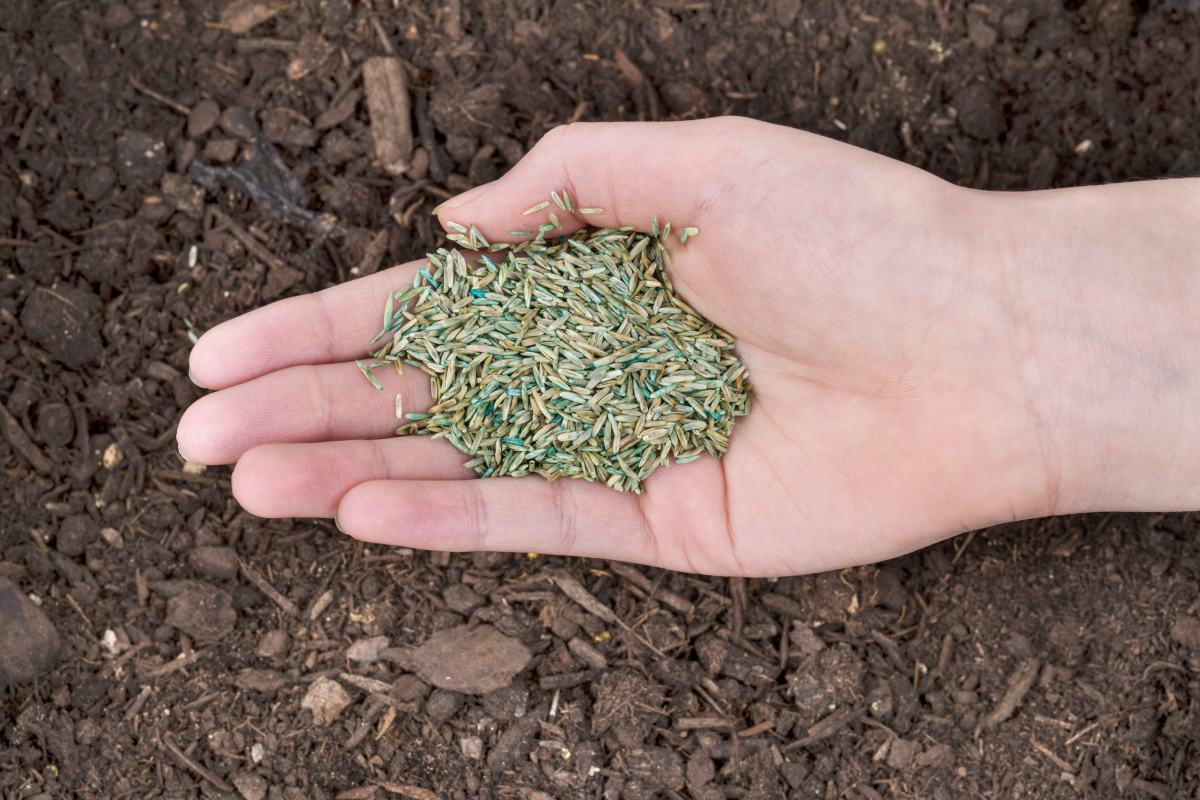

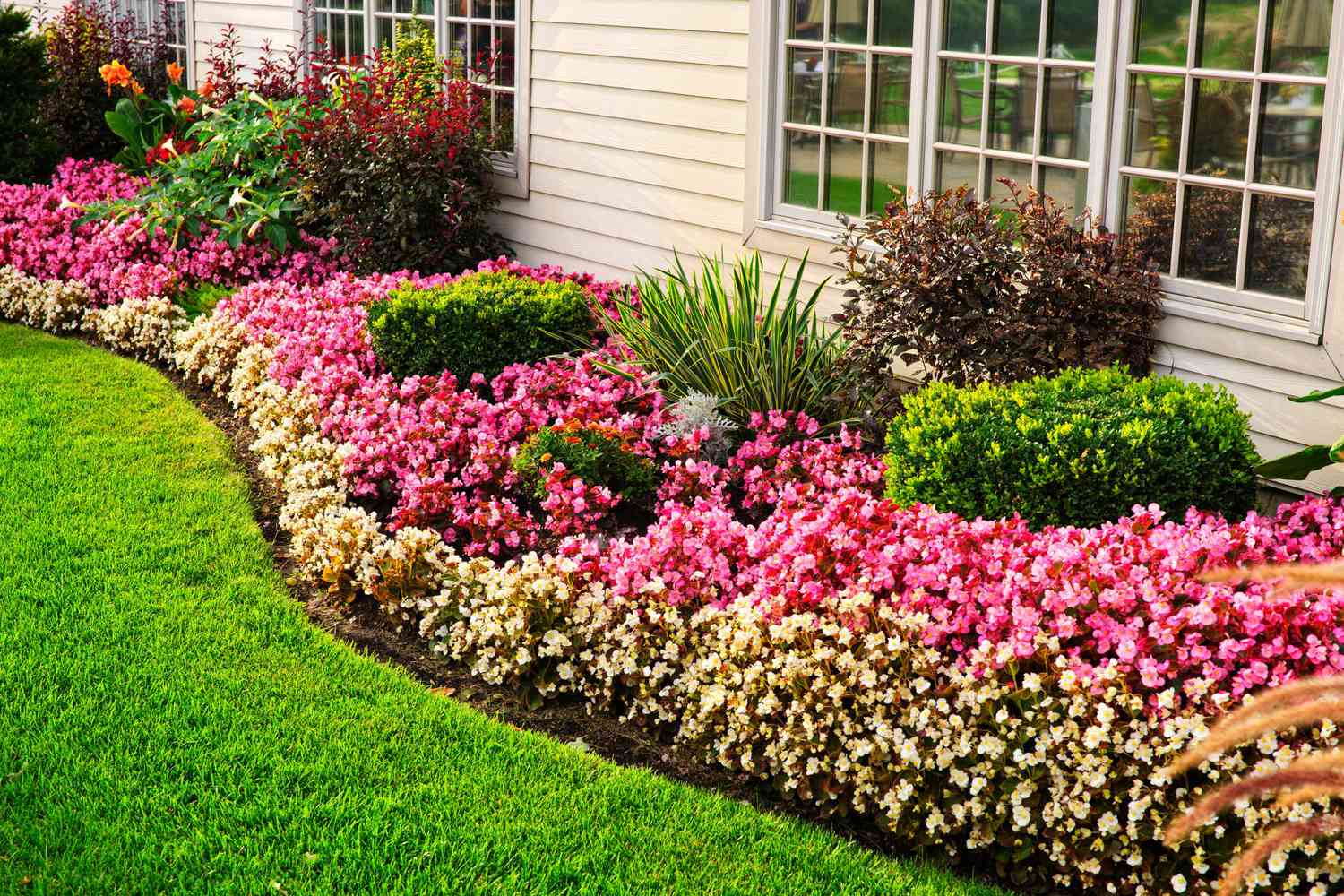


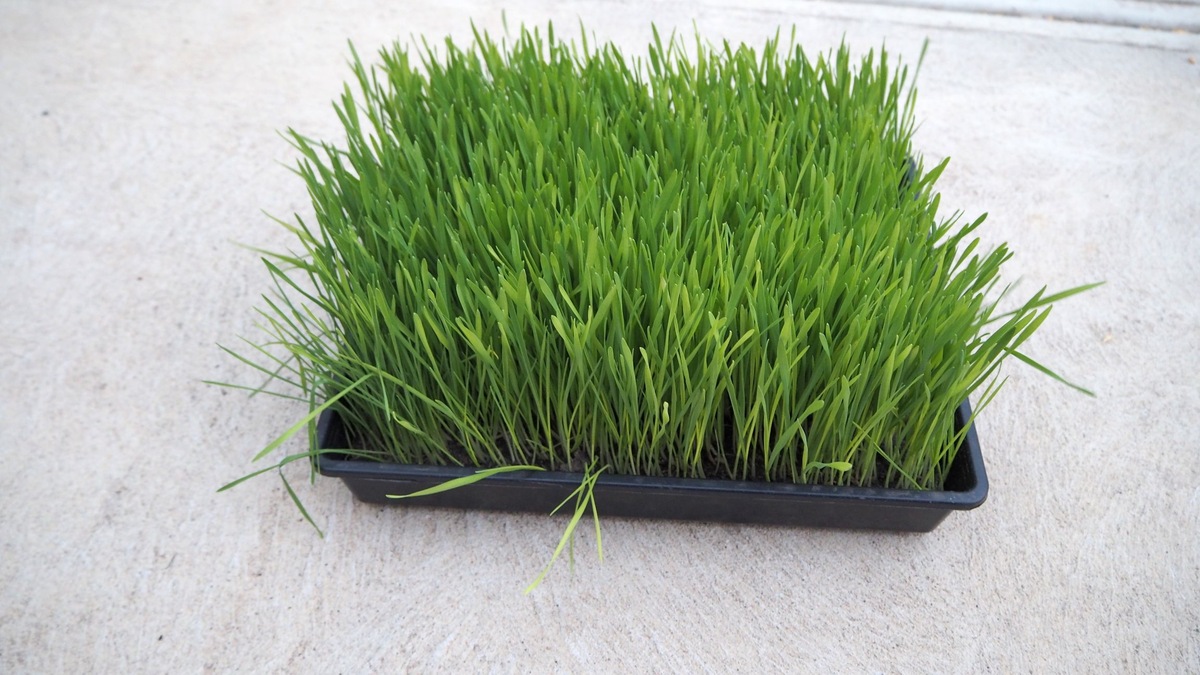



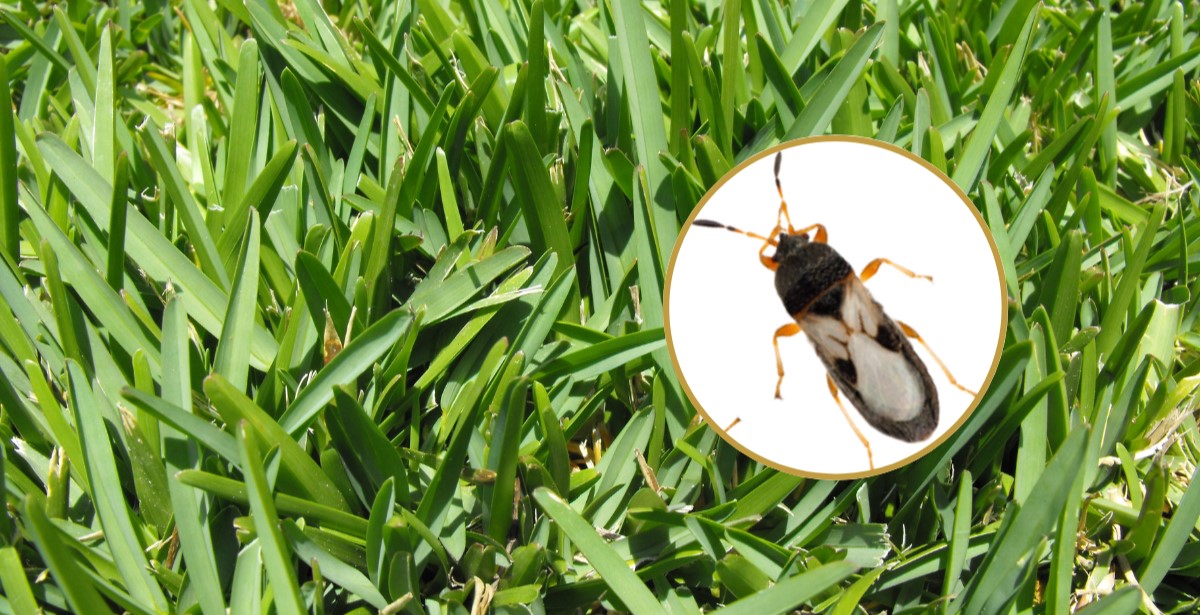

0 thoughts on “How To Plant Over Grass”